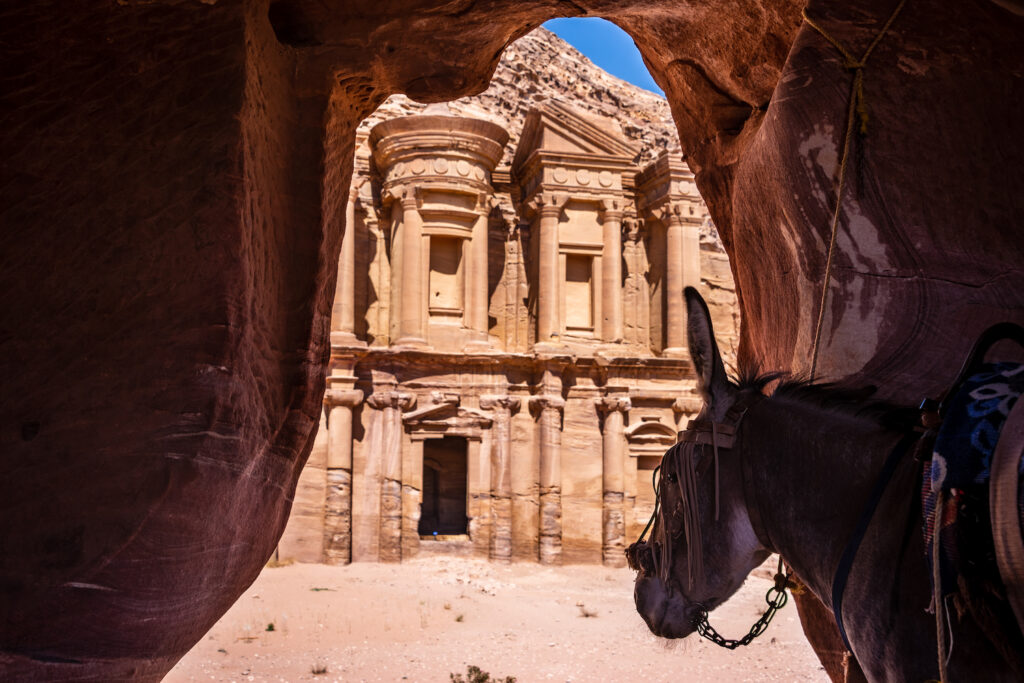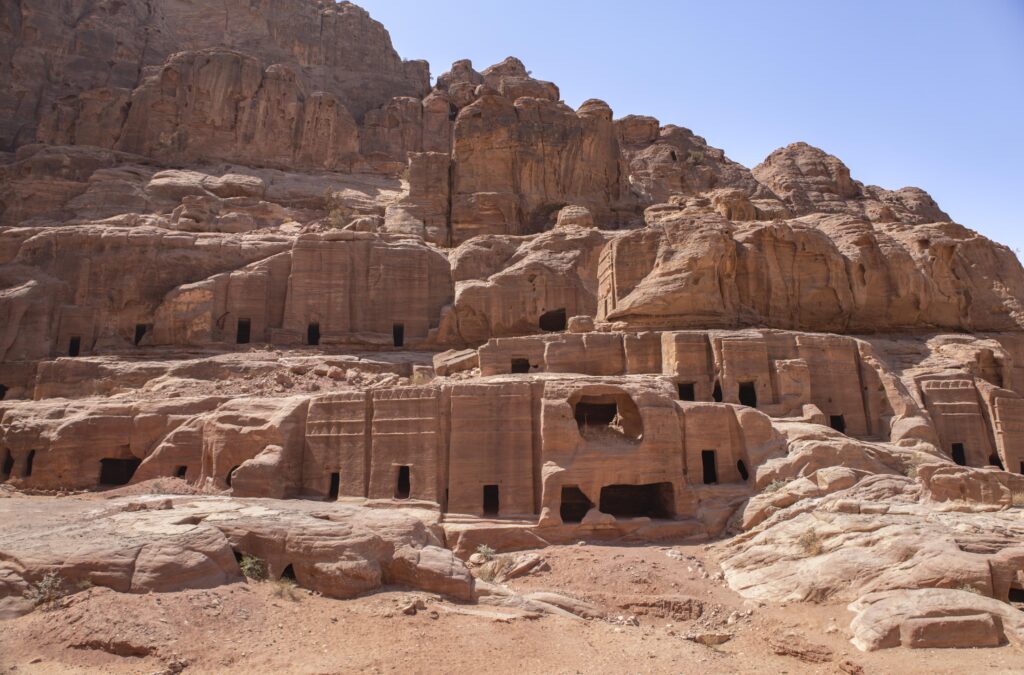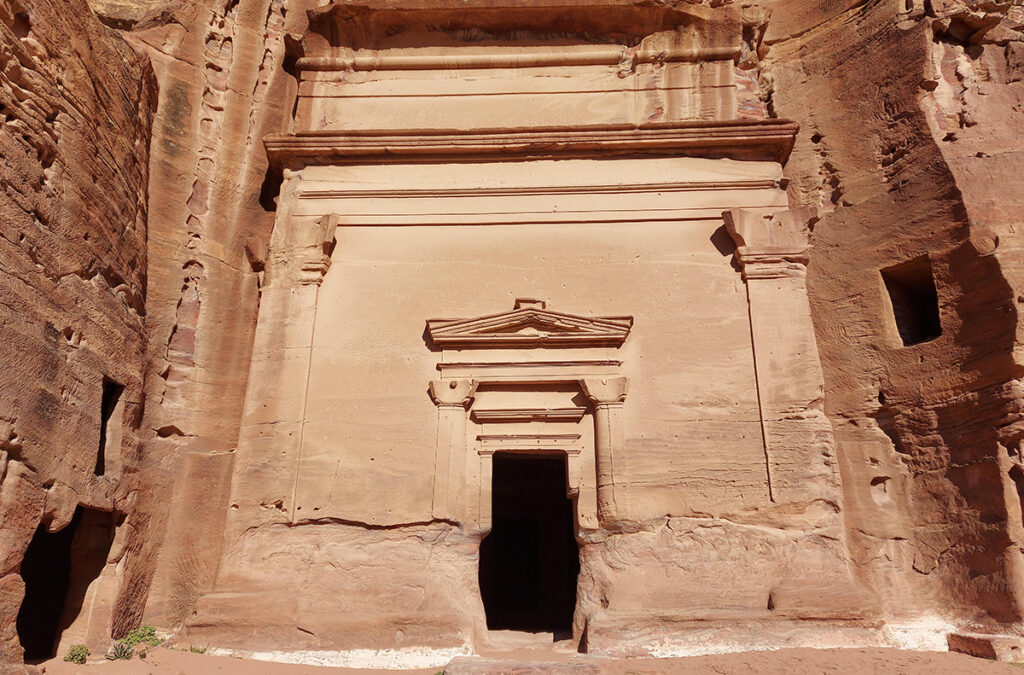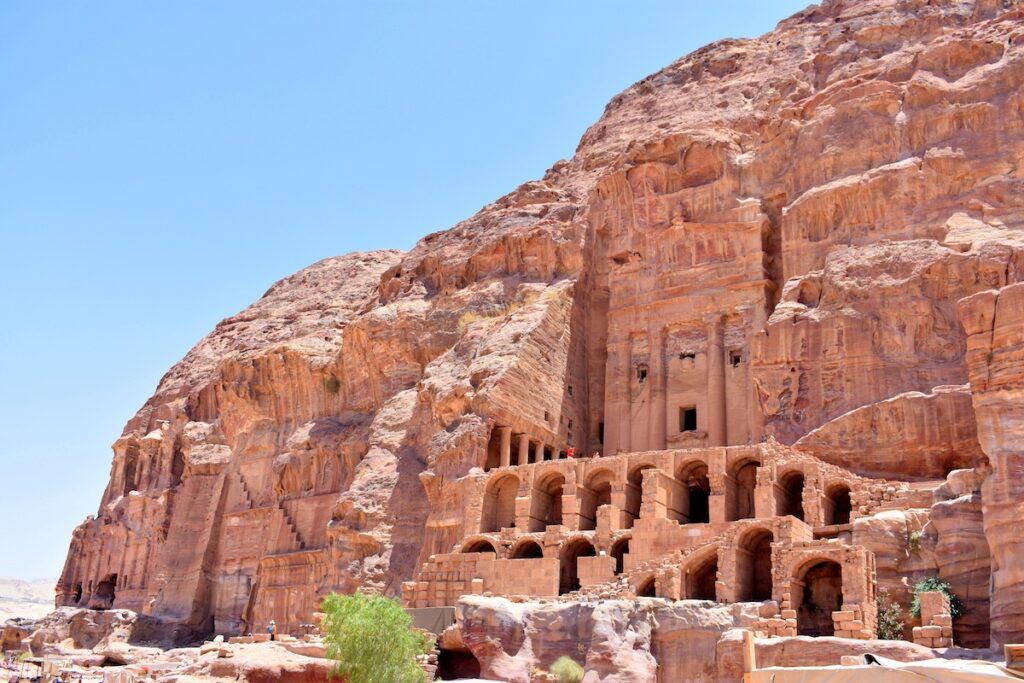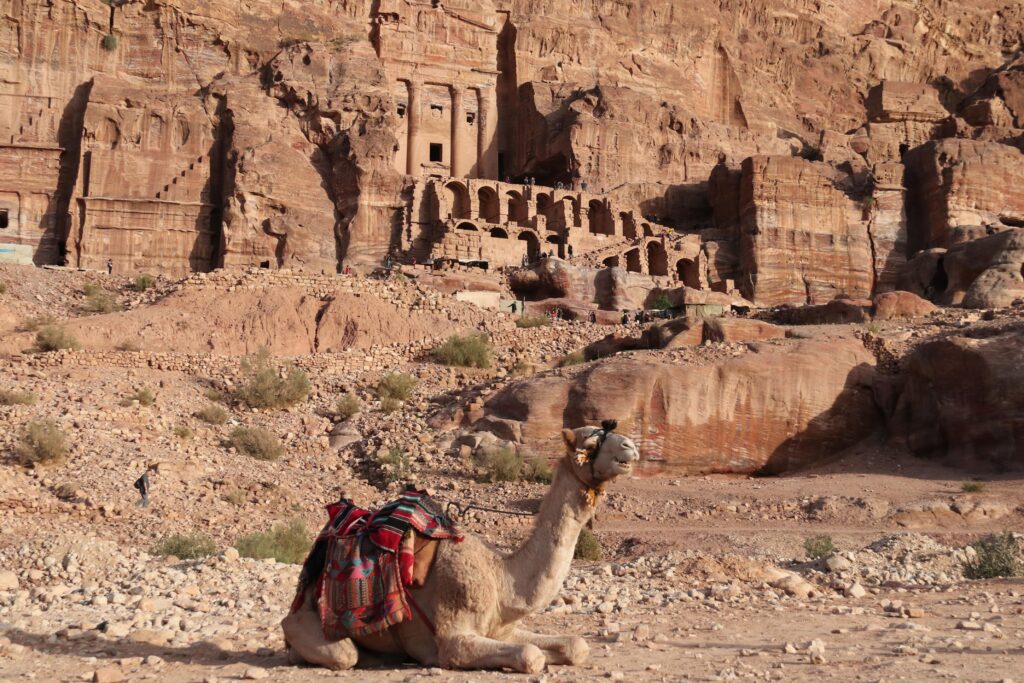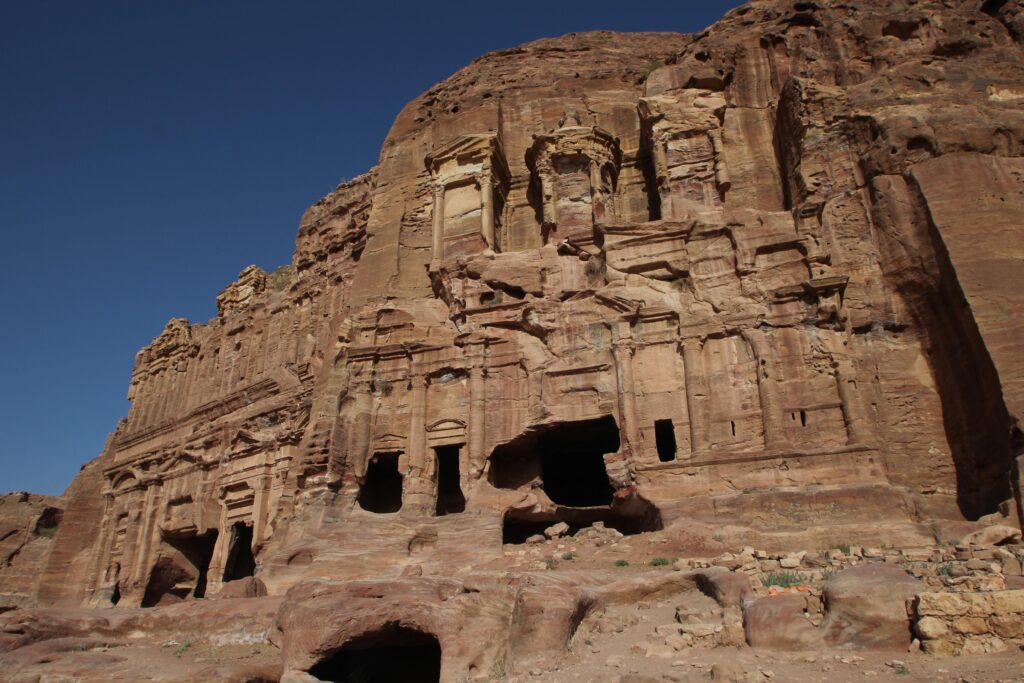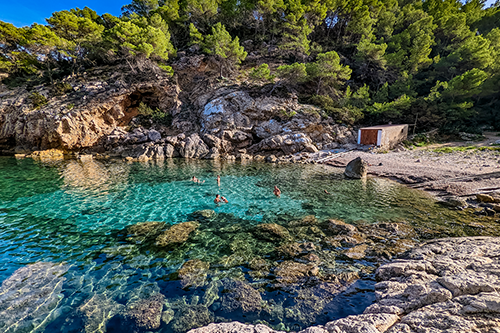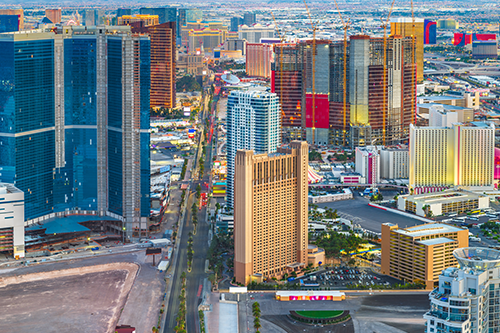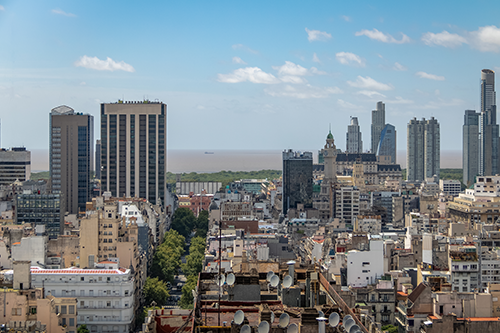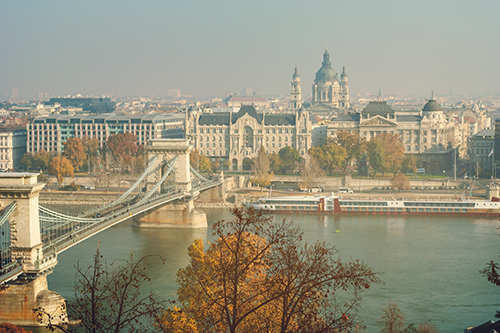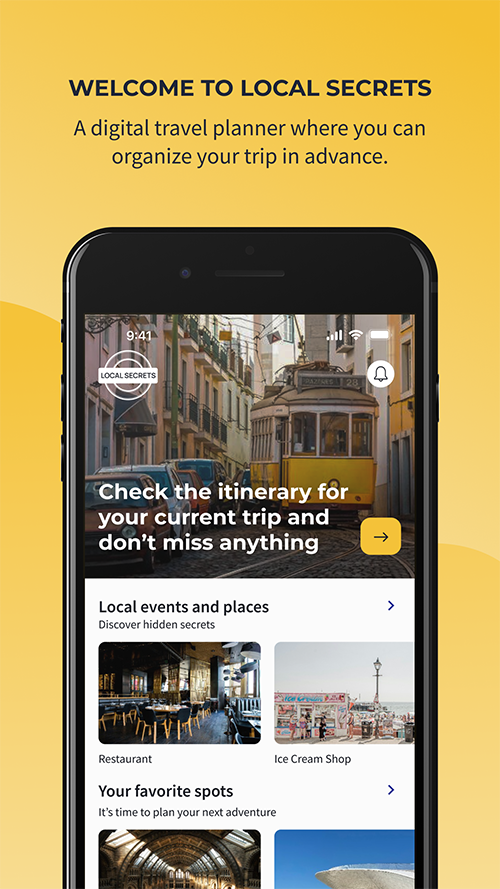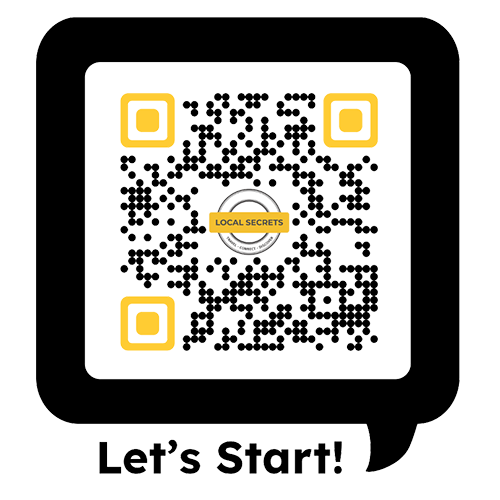Petra
Petra is located in southern Jordan, surrounded by desert mountains and deep canyons that make the place feel otherworldly and timeless.
Right next to it, you’ll find the town of Wadi Musa, where about 17,000 people live and welcome travelers daily.
The average yearly temperature here is around 20°C, with hot summers and mild, comfortable winters most of the time.
Every year, over one million tourists come to explore Petra’s iconic rock-carved structures and its deep historical energy.
Besides the ancient architecture, people are drawn to Petra for its peaceful atmosphere and unique natural surroundings.
When planning your trip, consider spring or autumn — the weather is nicer and walking around feels much easier.
Also, sunrise and sunset hours in Petra are something else, especially with that magical desert light hitting the stone.
All in all, Petra offers a slow-paced, unforgettable experience that feels rooted in history and connection with the land.
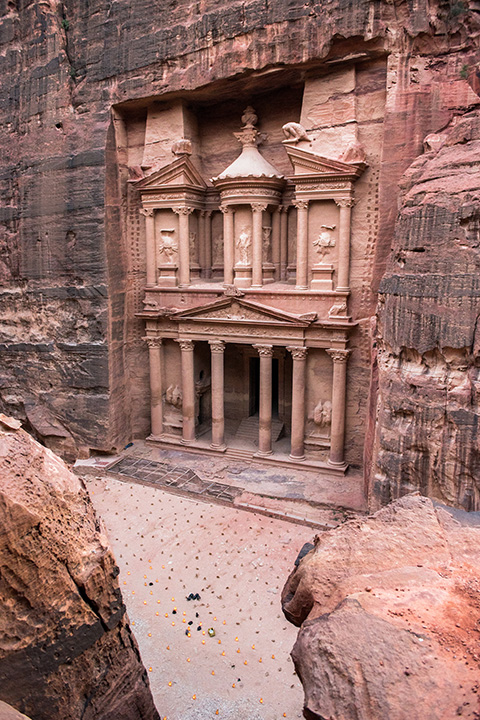
Treasure of Petra
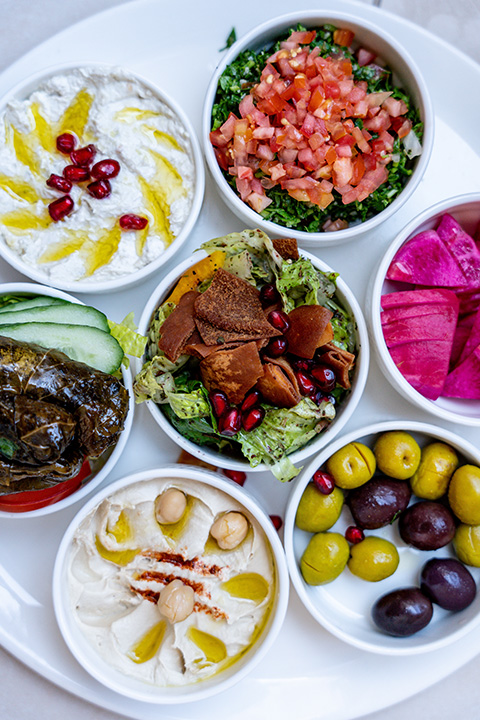
Arabic Snaks
Arriving to Petra
Petra, one of the most iconic places in Jordan, is a must-see if you’re into ancient history and epic landscapes.
To get there, most travelers start their journey in Amman, the capital, which is around three hours away by car or bus.
Alternatively, you can travel from Aqaba, which is even closer, and the desert route offers stunning views along the way.
Once you arrive, you’ll be based in Wadi Musa, the town that hugs the entrance to Petra and hosts most visitors.
Moreover, Wadi Musa has a wide range of accommodations — from cozy guesthouses to luxury hotels with panoramic mountain views.
For the best access to Petra, it’s smart to stay close to the Visitor Center, where most tours and trails begin.
Additionally, getting around Wadi Musa is pretty simple — you can walk, or grab a local taxi if you’re tired.
Inside Petra, expect long walks, but you can also ride camels, donkeys, or even take a golf cart.
Transportation options in the archaeological site help make the experience easier, especially if you’re not a big hiker.
As for the food, the local cuisine is hearty and full of flavor, with strong Bedouin influences.
You’ve got to try mansaf, a traditional dish with lamb, rice, and yogurt sauce — super filling and totally worth it.
Besides, local restaurants also serve dishes like grilled chicken, hummus, falafel, and plenty of fresh bread and sweet tea.
Of course, Petra is famous for the Treasury, but there’s so much more hidden between its cliffs and canyons.
Don’t miss the Monastery, which requires a steep hike but rewards you with one of the best views in Petra.
Furthermore, the site includes trails, tombs, temples, and scenic overlooks that are perfect for photography and slow exploration.
If you can, book a guided tour — they’ll help you discover areas most people walk past without noticing.
To top it off, you should experience Petra by Night, where candlelight and silence transform the site into pure magic.
Back in town, consider joining a cooking class or spending an evening in a Bedouin-style camp with traditional music.
Ideally, plan your trip in spring or autumn, when the temperatures are pleasant, and exploring is way more enjoyable.
All in all, Petra is not just a place to visit — it’s a place to feel, step by step.
Accomodation
Looking for a unique hotel experience?
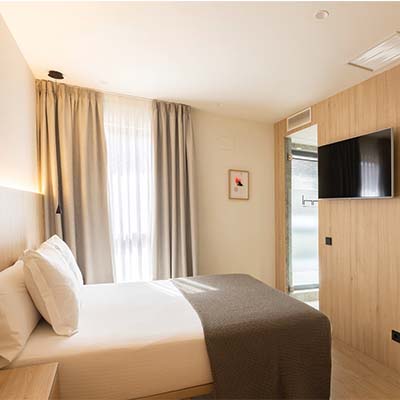
Local Secrets has selected a variety of unique hotels that make lodging a special experience. These hotels share the vision of quality and service that we want for our travelers.
Want to feel like home?

Local Secrets has developed a network of professional experts in tourist accommodations committed to quality and service to guarantee a unique experience to our travelers.
Discover Petra
Currency: The official currency of Petra is the Jordanian Dinar (JOD). 1 JOD is equivalent to 1,41 USD.
Keep in mind before travelling to Petra
Petra is hands-down one of the most epic places you’ll ever visit. Hidden in the rocky desert of southern Jordan, it’s this ancient city carved into rose-colored cliffs that looks like something straight out of a fantasy movie. It’s got serious history vibes, but also a chill, welcoming energy that makes exploring feel like a real-life adventure.
What a lot of people don’t know is that Petra isn’t just about stone facades and hidden trails—it also comes alive with traditional festivals throughout the year. Some of the top ones include Petra Light Festival, where parts of the site glow under colorful lights, and Petra by Night, which happens regularly and feels almost spiritual. There’s also Jerash Festival (nearby but very popular with Petra tourists), the Ayl Festival celebrating Bedouin heritage, The Date Festival in Wadi Musa, Jordan Heritage Revival, and International Tourism Day events that often include special cultural shows right in Petra.
And if you want to go exploring beyond Petra, you’ve got options. Great day trip spots include Little Petra, Wadi Rum, Dana Biosphere Reserve, Shobak Castle, Aqaba on the Red Sea, and Al Beidha. All within reach and each offering a unique slice of Jordan.
Enhance your browsing experience with our app
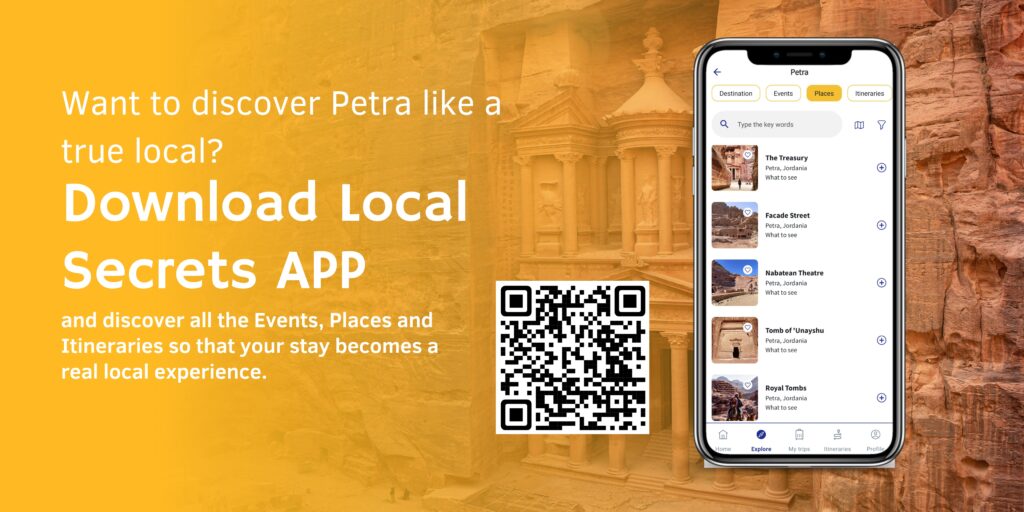
Tips to visit Petra
Petra may be ancient, but it’s full of cool cultural details that make visiting even more interesting. The people from the area are called Petrawis, and they’re known for their warm hospitality and chill attitude. Don’t be surprised if someone greets you with a big smile and a “Marhaba!” (hello) or “Ahlan wa sahlan” (welcome). A handshake is common, but among locals, especially of the same gender.
Arabic is the main language, but in tourist areas, many people speak decent English, especially those working in hospitality. Locals usually eat later than in the West—lunch is the big meal, often around 2–3 PM, and dinner comes much later, around 8–9 PM.
Shops often open from 9 AM to 9 PM, with a break around midday. Tipping is expected—about 10% is appreciated in restaurants. Health services are basic in Wadi Musa, with local clinics available. Dress modestly, especially in sacred areas. And a fun local phrase? “Yalla!” – it means “let’s go!” and you’ll hear it everywhere.
Share this content on your Social Media




